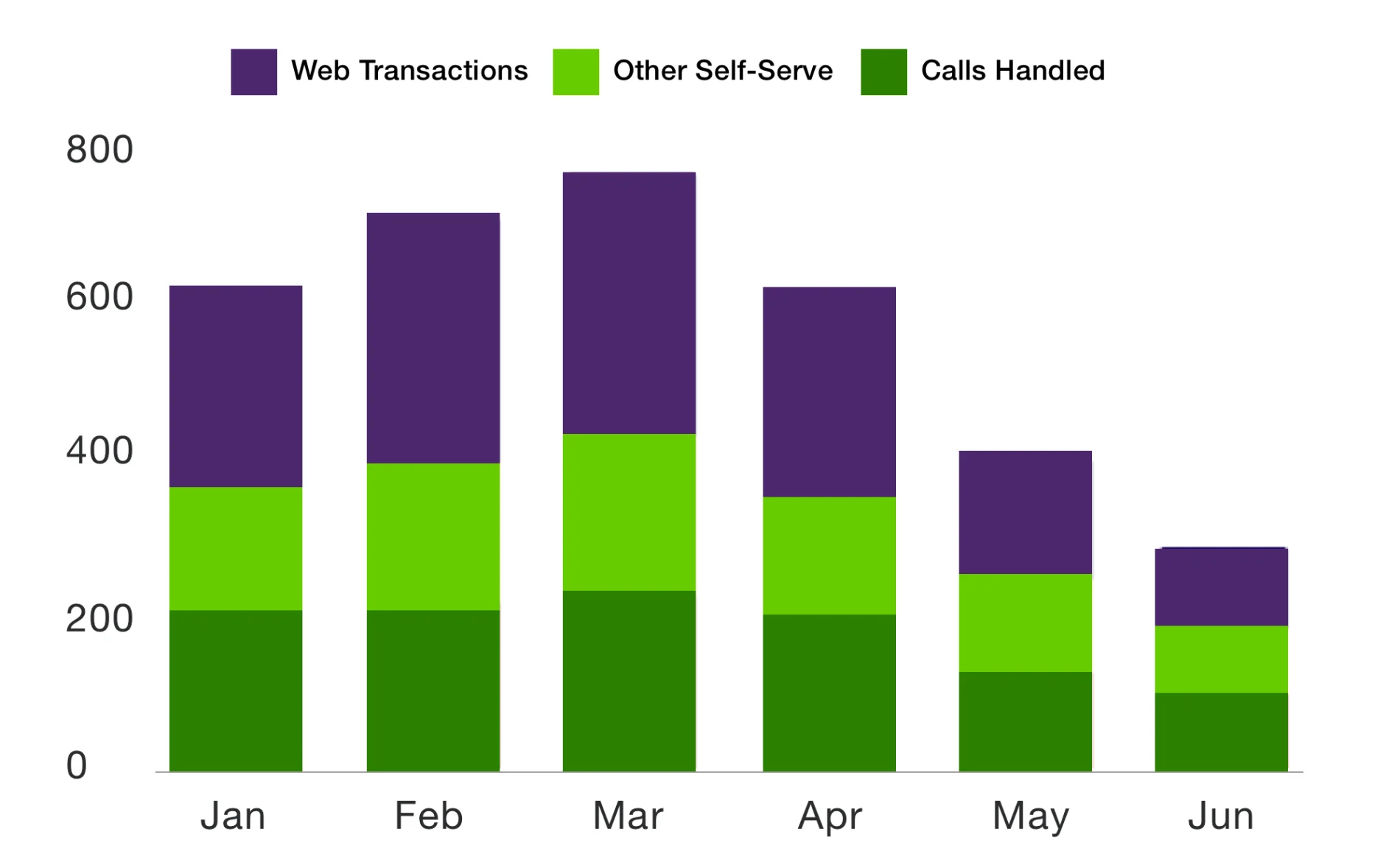Selecting the right metrics for KPIs
Data Intelligence · May 27, 2020
Back in March, I attended ProductCamp Vancouver and had the opportunity to do a presentation on goal setting. In the Q&A portion at the end of my presentation, I was asked about how to set effective measurable goals. I thought I would share some of my thoughts through this blog.
At TELUS Digital, we follow a process for annual goal setting each year. There are certain rituals we participate in each year to ensure team members are on the same page, such as the state of the nations meeting. Included within this process is the setting of Key Performance Indicators (KPIs) we will track throughout the year to evaluate our progress against our goals. However, with an abundance of data and metrics to choose from, which metrics are best to focus on as KPIs? Selecting the right metrics to monitor will ensure focus on the right priorities, while focus on the wrong metrics will lead to frustration or counterproductive activity.
A good goal and a good KPI will focus on a metric that directly traces back to the generation of value. What “value” means can be circumstantial depending on the organization - it could be defined as customer value, business value, or strategic value, or a combination of those factors. However it’s defined, a good KPI is the closest measure to that value.
Picture this
Imagine yourself as a product manager. The chart below is tracking the volume and web share of an account management transaction and you are responsible for this transaction and monitoring these metrics as your KPIs. You might be scrambling to figure out what’s gone wrong - the quantity of transactions and web share of those transactions is in a multi-month slide. You might be getting grilled on what you’re doing to turn these numbers around.

When you’re looking at a richer set of data, it paints a different picture. Instead of showing web volume and share of a transaction in decline, it shows that overall volume of that transaction has decreased across all channels. There could be a number of root causes for this drop such as seasonal fluctuations, a change in the size of the customer base for the product, or a policy or product change eliminating the need for the transaction.
Taking a closer look
So, which of these data points are the most important? If you were the product manager for the web application, of the available metrics, which would be the most valuable KPIs to monitor?
I would argue there are two:
The absolute volume of calls handled
The digital share of this transaction
The absolute volume of calls handled is the most important measure in this scenario and should be a number the product manager watches closely. Why? Because it’s the core of the business and customer value of the web transaction. There is no intrinsic value from generating an account management transaction. The value comes from eliminating transactions in high cost and high effort channels, such as a contact centre. Eliminating this provides both a business benefit to TELUS as well as value to the customer by saving time and effort. A product manager should focus on the elimination of those low-value contacts, not on the generation of web transactions.
The digital share of the transaction is important to track to ensure the product manager obsesses over driving adoption of the web application by the customer base. At peak, about 44% of transactions were done through the web, but that has dropped to about 36%. Perhaps this is because the contact centre deals with scenarios with higher complexity or customers that are less digitally-savvy. What opportunities exist to improve the digital experience that will help draw more customers to self-serve?
By framing the reduction of call volume as the primary objective, the product manager should consider more than just the web application within their scope of influence. A product manager in charge of the web application is in a unique position to understand customer demand, the customer experience, and quantitative data surrounding the transaction. This information can be used to influence upstream policy and product decisions that can help to further reduce the overall volume of this transaction.
When looking at this situation through the lens of these value-oriented KPIS, the scenario looks like a mixed bag. Assuming the customer base has remained flat and seasonality cannot fully explain the variance, the recent drop off represents both a positive trend in the reduction in the cost of handling these transactions (through a reduction in calls) and effort on the customers’ part, but the deterioration of the web share shows there is an opportunity to enhance the customer experience to draw more customers to the web to self-serve. Focusing on the right KPIs helped illuminate this.
Conclusion
KPIs should have a clear tie into value generation and broader goals for the organization. When we set out our annual and quarterly goals, we take time to ensure the objectives we have across our teams have clear ties to TELUS’ financial objectives and are providing value back to our customers. Regularly reviewing progress against the KPIs you’ve selected should paint a clear picture of the value you’re driving towards these goals.
Our team is growing! To join something awesome, check out our careers page. Follow us on Instagram and Twitter for more events and updates.



